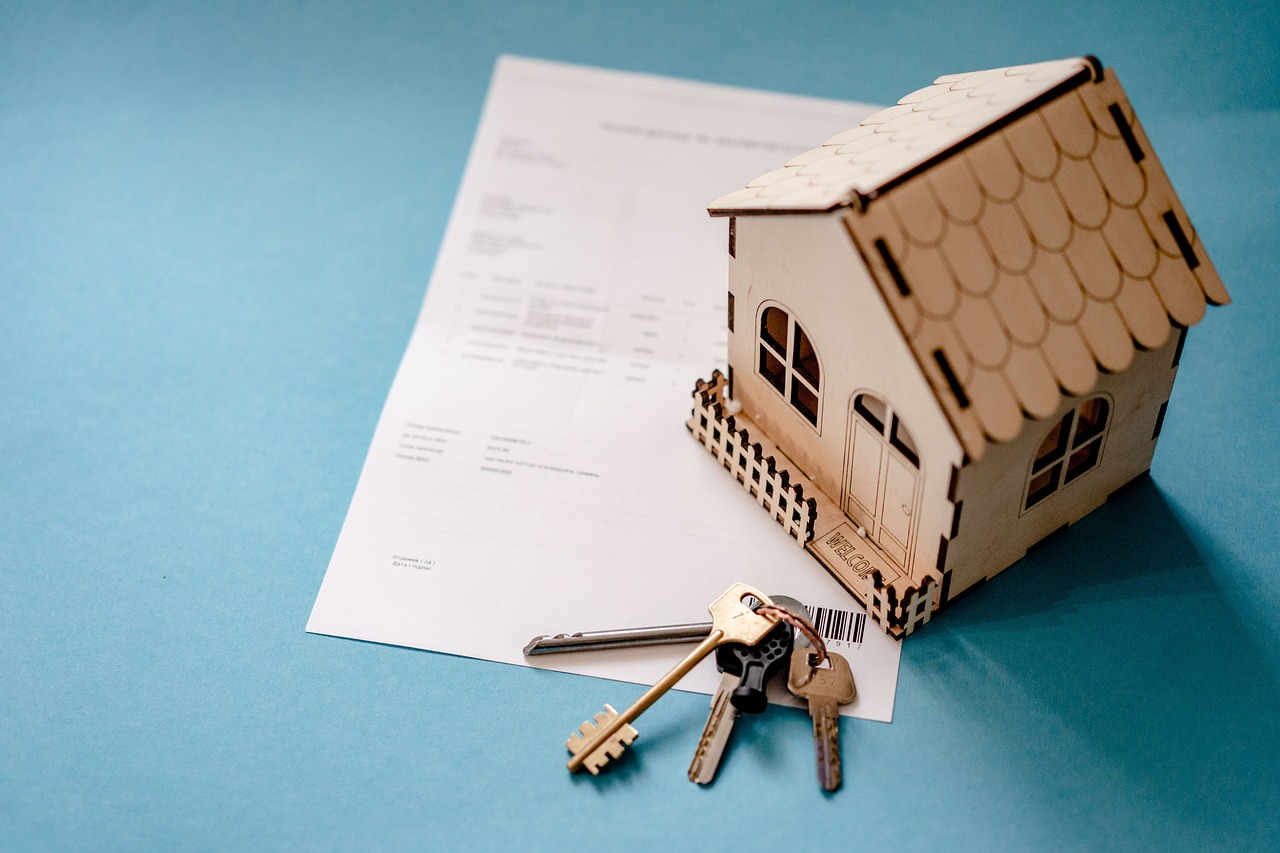5 Red Flags to Avoid in Your Home Loan Application

Post the Covid-19 pandemic, the real estate sector has witnessed solid growth, which in turn, has led to an increase in demand for home loans over the last few months. However, since home loans are high-value loans and borrowers take at least a decade or two to repay them in full, lenders sanction these loans only after proper due diligence.
Your chosen lender will check your application and do a background check to make sure you can pay the EMIs you have opted for. During their background check, your chosen lender will also check for various red flags, such as missed EMI payments in the past, bad debt history, etc. Your loan will get approved only if you come out clean. So, what are the red flags that lenders look for while deciding on a home loan application? Read on to know more.
Red Flags You Must Avoid in Your Home Loan Application
1. Applying for a Home Loan with a High Debt-to-Income Ratio
What is the debt-to-income ratio? It is the percentage of one’s income that goes towards paying off debts, such as loan EMIs, credit card bills, etc. So, what is the ideal debt-to-income ratio?
Anyone who has a debt-to-income ratio of 20% is considered a risk-free borrower by the bank. A low debt-to-income ratio states that the person has enough spare money left each month after fulfilling other financial obligations to pay off their EMIs comfortably.
And, what is a bad debt-to-income ratio? Borrowers whose debt-to-income ratio is higher than 45% are considered risky borrowers by lenders. Lenders do extend loans to such borrowers, but only after checking their income proof documents. Further, these individuals are often offered loans at a higher interest rate. Lastly, borrowers whose debt-to-income ratio is higher than 60% almost always get their applications rejected.
If your debt-to-income ratio is higher than 20%, pay off some loans, bring your DIT down and then apply for a loan.
2. Applying for a Loan When You Have a High Loan-to-Value Ratio
Much like one’s debt-to-income ratio, a borrower’s loan-to-value ratio also plays a key role in determining whether an aspiring borrower’s application will get approved or rejected.
So, what is loan-to-value ratio? The loan-to-value ratio depicts the ratio between the loan amount that the borrowers wants to avail of and the value of the property against which the loan is being taken. When a loan application indicates a low LTV ratio, lenders almost immediately approve the application since there is minimum risk involved for a lender in such cases.
So, if you want to opt for a high-value loan and do the minimum down payment possible, your lender will see some red flags and approve your application only after doing a thorough background check. However, if you want to increase your chances of getting your application approved, pay a higher down payment and reduce your LTV ratio.
3. Having Multiple Loans and Missing Credit Card Payments
If you are applying for a home loan, know that your preferred lender will run a check to see if you have multiple loans. They will also search your credit repayment history for late or missed credit card payments. Similarly, they will also see if you have ever withdrawn money from your credit card. Multiple loans, unpaid credit card EMIs, and withdrawing money from a credit card are considered signs of a risky borrower. If you have done any of these things in the past, your lender will most likely reject your online application.
While you can’t do much about what you have done in the past, you can most certainly show yourself as a reliable borrower by paying off some of your loans and clearing your credit card dues.
4. Applying with a Bad Credit Score
When applying for a home loan, a good credit score is one’s biggest asset. People who have a credit score of 750 and above are offered best interest rates by a lender. If your credit score is close to 700, you still might be able to get yourself a good deal. However, if your credit score is under 700, know that your chosen lender will either out rightly reject your application or offer you loan on a high interest rate. If you don’t want red flags raised on your home loan application, make sure to apply only after your credit score has reached 750 and above.
5. Providing Incorrect Information and Incomplete Documentation
Your chosen lender will give you money only when they are convinced of your repayment capacity, and to be able to gauge your repayment capacity correctly, they will need proper documentation. For instance, your tax returns and bank account statements are a pre-requisite when applying for a home loan. Failure to provide these will lead to your application being rejected.
Similarly, any incorrect information provided by you in your application form will lead to your lender raising red flags on your application. So, never lie in your loan application and make sure to check all documents twice so that there are no mistakes.
Last Words
A home loan is one of the easiest ways to finance your home purchase. Getting home loan approval is easy if you are smart and understand the procedure well before applying. Keeping the above things in mind will most certainly help you get your home loan application approved.
Image Credit: Image of Oleksandr Pidvalnyi from Pixabay (Source)
You may also like
Image Reference: PixabayC
Recent Posts
- Ayodhya tightens food ban near Ram TempleAuthorities have prohibited the delivery of non-vegetarian food items within a 15-kilometre radius of the temple complex.
- Multiple drone sightings along the LoC trigger a security alertThe incident took place in the Nowshera sector of Rajouri district near the LoC.
- Making Indian roads safer in 2026National Road Safety Month 2026 focuses on building strong traffic awareness across the country. The initiative highlights safe driving practices, rule compliance, and the goal of zero road fatalities, especially in Uttar Pradesh.
- Ayodhya tightens food ban near Ram Temple
What’s new at WeRIndia.com
News from 700+ sources
-
Banking in digital era: Three things RBI wants lenders to keep in mind
-
Dhurandhar beats The Raja Saab at box office; continues winning streak in 6th weekend
-
Retail inflation rises to 1.33% in December 2025, still lower than RBIs lower comfort level
-
Who clicked, who watched OTTs eye real engagement metrics
-
T.N. Assembly election a battle of ideologies, not just power: Tiruchi Siva
-
Dharana Capital raises $250 million second growth fund, to back Indias tech and consumer startups
-
WeRIndia – A News Aggregator
Visit werindia.com for all types of National | Business | World | Politics | Entertainment | Health related news and much more..









Leave a Reply